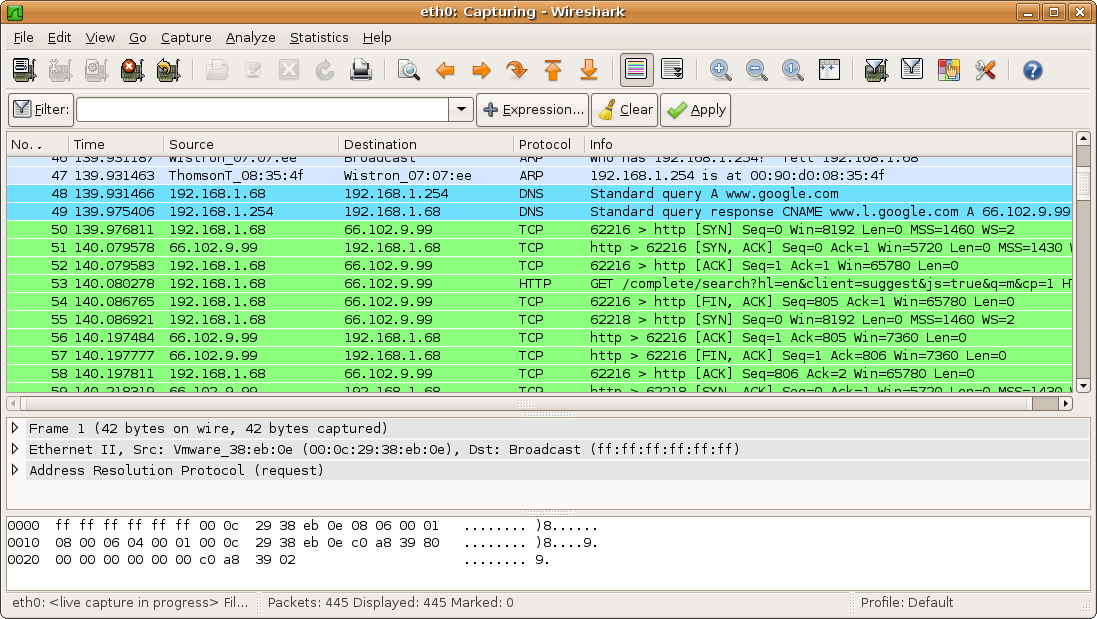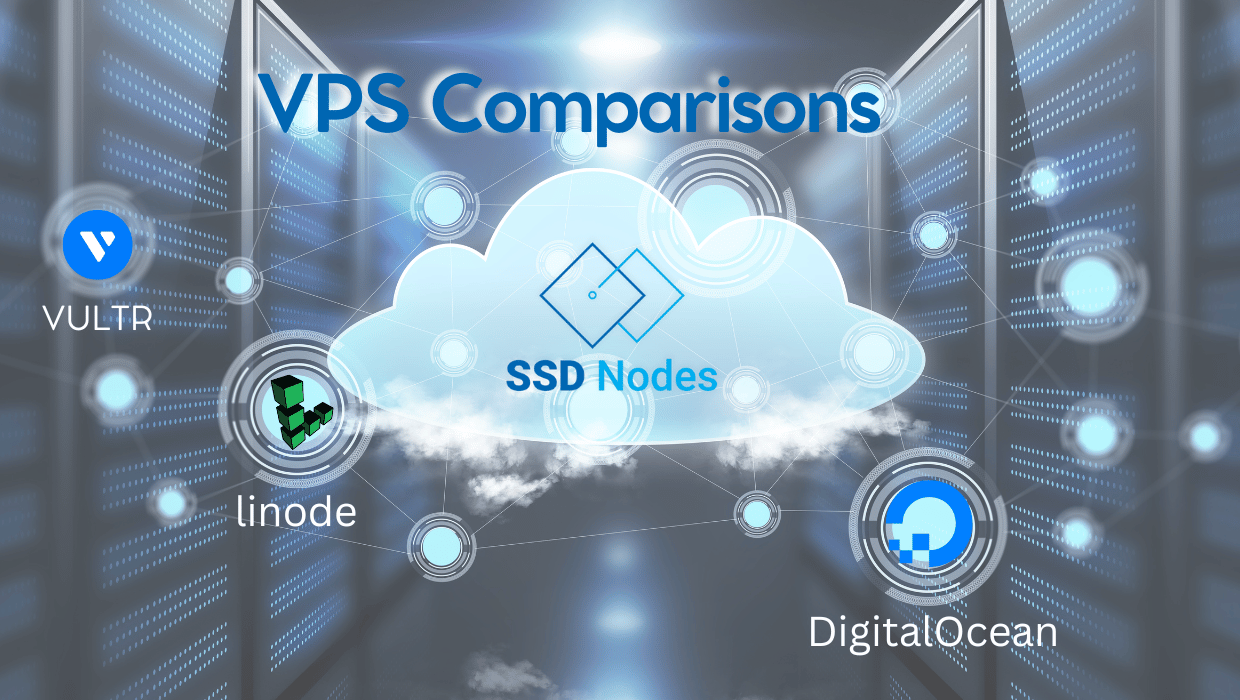Black Friday VPS deals flood your inbox every November.
Most aren't worth opening.
Some providers slash prices for month one, then hit you with full rates afterward. Others discount overpriced plans that still cost more than competitors' regular pricing. A few offer genuine savings that compound over years.
The difference can be hundreds or thousands of dollars depending on your hosting needs.
This guide cuts through the marketing noise. You'll learn what makes a Black Friday VPS deal genuinely valuable versus just flashy advertising. And you'll see the math behind why certain deals save real money while others waste it.
What Really Matters in a Black Friday Deal
Before you evaluate any Black Friday VPS deal, you need to understand what actually determines value. Most providers want you focused on percentage discounts because those numbers look impressive in headlines. But percentages obscure the real cost. What matters is total spending over your commitment period, how long favorable pricing lasts, and whether advertised prices reflect what you'll actually pay. These three factors determine whether a deal saves you money or just sounds like it does.
1. Total Cost Over Your Planning Timeline
A 16GB VPS at $28/month costs $1,008 over three years at regular monthly billing. If a Black Friday deal offers that same server for $393 total on a three-year commitment, you save $615.
That's real savings.
But if another provider advertises "60% off" and their discounted three-year price is still $900? You're saving less than the first example, despite the bigger percentage.
Calculate total cost, not discount percentages.
2. Price Lock Duration
Some deals lock in pricing for your entire term. Others revert to regular rates after the first year.
Example: Provider A offers a 16GB server at $20/month for year one, then $80/month afterward. Provider B offers that same server at $28/month locked in for three years.
Year one: Provider A costs $240, Provider B costs $336
Three years: Provider A costs $2,160, Provider B costs $1,008
Provider B saves you $1,152 despite costing more initially. The lock-in matters more than the first-year discount.
3. Feature Transparency and Hidden Costs
Some "deals" hide what's actually included versus what costs extra. The problem isn't add-ons themselves; it's lack of clarity about them.
Watch for providers that do some of the following practices:
- Bundle mandatory "security packages" into the final price without disclosure
- Require expensive control panels for basic server management
- Hide backup costs until after purchase
- Advertise one price but require additional purchases for a functional server
- Make it unclear which add-ons are truly optional versus essential
The key is transparency. Providers that clearly show base pricing and let you choose optional add-ons (like enhanced networking features, API access, or additional IP addresses) based on your actual needs? That's honest business. Providers that hide the real cost? That's a problem.
Always check what the advertised price actually gets you, and calculate the fully-loaded cost including any features you'll realistically need.
With SSD Nodes, you can always customize your server and choose the specific features you need when purchasing a server.
The Math Behind Real Savings

Let's compare actual Black Friday scenarios using real-world pricing. We'll look at an 8GB RAM server over three years:
Scenario A: SSD Nodes Regular Pricing
- Regular monthly price: $17/month
- Regular three-year cost (monthly billing): $612
- Three-year commitment price: $252
- What you get: 8GB RAM, 2 vCPU, 160GB SSD storage, full-featured VPS
- Price locked for full term
- Optional add-ons clearly disclosed: IPv6 instead of IPv4 saves $54 over 3 years, API access $2/month, firewall $2/month
Scenario B: SSD Nodes Black Friday Deal (40% off)
- Three-year commitment: $252
- Black Friday three-year commitment: $151 (40% off)
- Actual savings: $461 compared to monthly billing, $101 compared to the regular commitment
- Price locked for full term
- Same transparent add-on structure
Scenario C: Competitor "Marketing Deal"
- Regular monthly price: $48/month
- "Black Friday Special": 50% off first year
- Year one cost: $288
- Years 2-3 at full price: $1,152
- Total three-year cost: $1,440
- Actual savings: $288 (17% over three years)
- Price increases after year one
- Hidden costs for control panel, backups may apply
Scenario D: Competitor "Fake Deal"
- Regular price (historically): $48/month
- Price raised before Black Friday: $60/month
- "Black Friday Sale": $48/month (20% off!)
- Three-year cost: $1,728
- Actual savings: $0 (back to original price)
- Marketing creates illusion of discount
Putting it all together
If we compare the total three-year costs, we’ll have the following:
- Scenario B (SSD Nodes Black Friday): $151
- Scenario A (SSD Nodes regular commitment): $252
- Scenario C (competitor discount): $1,440
- Scenario D (fake discount): $1,728
The difference between the best deal and the fake deal is $1,577 over three years. That's not a simple rounding error. That's enough to fund additional servers, development tools, or marketing budget.
VPS Hosting Pricing Overview

The VPS hosting market has dramatic price variation for identical specifications. Current three-year pricing for an 8GB server (as of November 2025) is as follows:
- Low end: $252-$468
- Mid-range: $1,077-$1,440
- High end: $1,728-$2,160
The gap between lowest and highest reaches $1,908. That's not a typo. Two providers offering the same specs can differ by 750%.
This happens because of operational efficiency differences. Providers using proprietary technology or direct data center partnerships operate cheaper than those who have huge marketing budgets.
Black Friday deals from already-affordable providers compound these savings further. Deals from expensive providers often just bring them closer to competitors' regular pricing.
Red Flags That Signal a Weak Deal
Not all Black Friday deals deliver real value, and some actively work against your interests. Certain patterns consistently appear in deals that sound good but cost more than advertised or lock you into unfavorable terms. Learning to recognize these warning signs helps you avoid expensive mistakes disguised as savings opportunities. Here are the most common red flags you'll encounter.
Limited commitment options: If they only offer monthly billing even during Black Friday, you can't lock in long-term savings. The deal disappears after the promotion ends.
Unclear regular pricing: When you can't easily find what the server costs after the promotional period, that's intentional. They're hiding the price increase.
Introductory rate disclaimers: Fine print like "then $XX/month thereafter" means your savings evaporate after the promotion. Calculate the full-term cost including rate increases.
Lack of feature transparency: Deals that don't clearly list what's included often exclude essentials. You'll discover the hidden costs after purchase.
What Makes SSD Nodes' Approach Different
Most of this guide focuses on industry patterns rather than specific providers. But transparency matters, so here's how we structure our Black Friday deals:
We already offer the market's lowest regular VPS pricing. An 8GB server costs $252 for three years compared to $1,440-$2,160 at many competitors. That's 85-90% lower year-round.
Our Black Friday deals take those already-low prices even lower. The savings compound because you're discounting from an efficient baseline rather than from inflated regular rates.
More importantly, our deals feature:
True price locks: Your Black Friday rate applies for your entire commitment term. No year-two increases, no surprise rate adjustments.
Transparent full-term pricing: We show monthly, annual, and three-year costs upfront. You can calculate total savings immediately.
Clear optional add-ons: Base servers include all essential features. Optional add-ons like API access ($2/month), firewall protection ($2/month), or choosing IPv6 over IPv4 (saves $54 on three-year plans) are clearly marked and genuinely optional. You only pay for what you actually need.
This approach stems from our core operational advantages:
- Vippy Technology: Our proprietary virtualization platform eliminates expensive licensing costs. Those savings go directly to pricing.
- Strategic Partnerships: Direct relationships with Hivelocity (40+ data centers) and network providers like Hurricane Electric, GTT, Telia, and Cogent secure favorable rates we pass to customers.
- Operational Efficiency: Our focused team of engineers optimizes everything. Less overhead means lower prices without sacrificing quality.
The result: Black Friday deals that represent genuine additional savings on top of already-competitive regular pricing.
How to Evaluate Any Black Friday VPS Deal
Step 1: Define Your Actual Needs
Start with concrete requirements: How much RAM, CPU, and storage do you need? What's your expected traffic and growth rate? Do you need specific features like API access or nested virtualization?
Avoid buying more than you need just because it's "on sale." A deal on a 32GB server doesn't help if 16GB handles your workload fine.
Step 2: Calculate True Total Cost
For any deal you're considering, you must note the advertised price, then determine how long that price applies, and find the regular rate that kicks in afterward.
You must also calculate cost over your full planning timeline (usually 1-3 years)
And don’t forget to add any required fees for essential features.
This reveals the real savings, not just the marketed discount.
Step 3: Compare Across Providers
Look at total cost for your specific requirements across multiple providers. Include at least one budget provider, at least one mid-tier provider, and your current provider if applicable.
Focus on total cost, not percentage discounts. A 20% discount from a low-price provider often beats a 50% discount from an expensive one.
Check out our VPS Pricing comparison for a full overview of VPS prices across providers.
Step 4: Verify Features
Make sure you're comparing equivalent offerings: same RAM, CPU, and storage specs; similar network performance and bandwidth limits; comparable support availability; and equivalent included features.
A cheaper deal missing critical features isn't actually cheaper once you add them back in.
Step 5: Check Price Lock Terms
Confirm how long promotional pricing lasts: Does it apply for your full commitment? What's the rate after the promotional period? Can the provider increase prices mid-term?
Long-term price locks matter more than deep short-term discounts.
The Long-Term Value Calculation
Hosting costs compound over time, which means the gap between good and bad deals widens with every month you pay. A few hundred dollars saved this year becomes over a thousand saved across a three-year commitment. That's not just money back in your account, it's resources you can redirect toward growth.
With typical VPS prices ranging from $252 to $2,160 for identical specs, choosing the right provider during Black Friday creates budget space for:
- Several months of development time
- Marketing campaign budgets
- Additional infrastructure expansion
- Professional services and tools
- Emergency reserves for unexpected needs
Conclusion
In short, a Black Friday VPS deal is worth it when you have a few important points:
- Total cost beats regular pricing significantly (not just by a few dollars)
- Savings lock in for your full commitment period (no surprise rate increases)
- The included features match your actual needs (no hidden essential add-ons)
- The base pricing was competitive to begin with (deals from efficient providers beat sales from expensive ones)
- You can accurately predict requirements (avoid buying resources you won't use)
Most Black Friday VPS deals fail at least two of these criteria. Some fail all five.
The deals worth taking seriously come from providers with efficient operations and competitive regular pricing. Their Black Friday savings compound on top of existing value.
Calculate total cost. Verify price lock terms. Compare feature parity. Ignore marketing hype.
The math either works or it doesn't. Make decisions based on numbers, not urgency tactics or flashy percentages.
Your hosting foundation determines everything built on top of it. Choose based on genuine value, whether that's during Black Friday or any other time of year. The calendar date doesn't matter. The total cost does.




